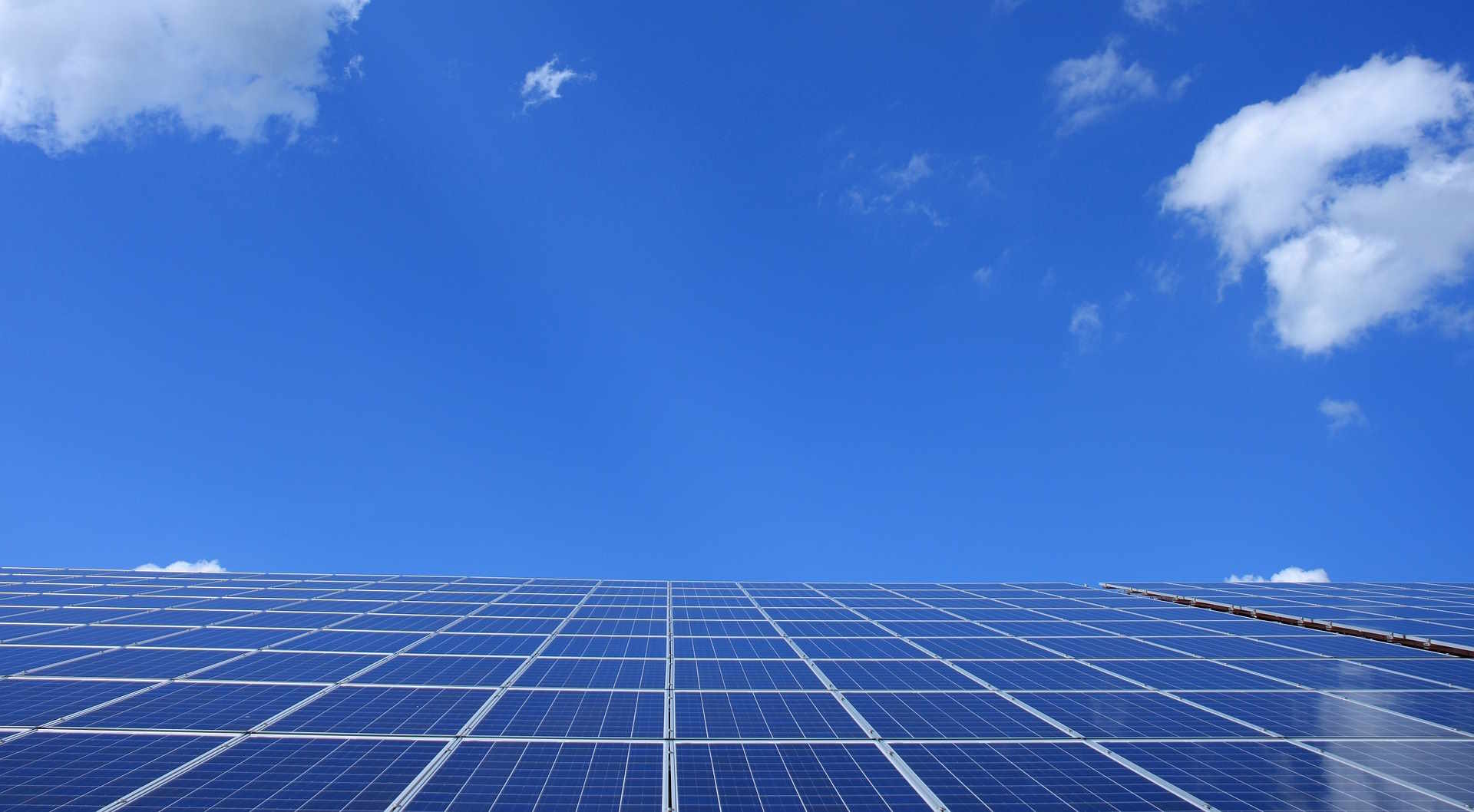Exploring Solar Panels: A Renewable Option for Homes and Businesses
Solar panels represent a significant advancement in renewable energy technology, offering both residential and commercial properties a sustainable alternative to conventional power sources. As climate concerns grow and energy costs rise, understanding how solar systems work and their potential benefits becomes increasingly important for property owners considering the transition to clean energy.

Solar energy has emerged as one of the most accessible renewable energy sources for property owners looking to reduce their environmental impact and potentially lower their electricity bills. Solar panel systems convert sunlight directly into electricity through photovoltaic cells, providing a clean alternative to fossil fuel-based power generation. With advancing technology and decreasing installation costs, solar energy has become a viable option for many homes and businesses worldwide.
How Solar Panels Work
Solar panels operate on the photovoltaic effect, where semiconducting materials like silicon generate an electric current when exposed to sunlight. Most residential and commercial solar panels contain multiple photovoltaic (PV) cells connected in series. When sunlight hits these cells, it excites electrons, creating direct current (DC) electricity. This DC electricity then passes through an inverter, which converts it to alternating current (AC) that can power homes and businesses.
The efficiency of solar panels typically ranges between 15-22%, depending on the technology and quality. Monocrystalline panels offer higher efficiency but come at a premium price, while polycrystalline panels provide a more budget-friendly option with slightly lower efficiency. Thin-film solar panels represent a newer technology that offers flexibility in installation but generally produces less power per square foot.
Factors to Consider Before Installation
Before investing in a solar panel system, property owners should evaluate several critical factors. Roof condition, orientation, and shading significantly impact system performance. Ideally, solar panels should be installed on south-facing roofs (in the Northern Hemisphere) with minimal shade throughout the day. Local weather patterns and average sunlight hours will also determine the potential energy generation of a system.
Property owners should also consider their current and future electricity needs when sizing a solar system. Understanding local regulations, permitting requirements, and available incentives can significantly impact the financial feasibility of solar installation. Many jurisdictions offer tax credits, rebates, or other financial incentives that can substantially reduce the upfront costs of going solar.
Another consideration is whether to purchase the system outright, finance it through a solar loan, or enter into a lease or power purchase agreement (PPA). Each option has different financial implications and affects property ownership differently.
Solar Panels vs. Conventional Power
Compared to conventional power sources, solar energy offers several distinct advantages. Unlike fossil fuels, solar power generates electricity without producing air pollution or greenhouse gases during operation. This environmental benefit represents one of the primary motivations for many property owners to switch to solar energy.
From an economic perspective, solar panels can provide long-term savings by reducing or eliminating monthly electricity bills. While conventional power typically involves ongoing costs that tend to increase over time, solar systems require a significant upfront investment followed by minimal operational costs. Most solar panels come with 25-year warranties, though they can continue producing electricity for 30-40 years with gradual efficiency loss.
Reliability presents another point of comparison. Solar energy production depends on weather conditions and daylight hours, making it intermittent without storage solutions. Conventional power provides consistent electricity regardless of weather but remains vulnerable to grid failures and outages. Adding battery storage to solar systems can address the intermittency issue but increases overall system costs.
Cost Considerations for Solar Panel Installation
The financial aspects of solar installation involve several components, including equipment costs, installation labor, permits, and potential incentives. System size significantly impacts total costs, with residential installations typically ranging from 5kW to 10kW and commercial systems often much larger.
While prices have declined substantially over the past decade, solar installation still requires careful financial planning. The return on investment period varies based on local electricity rates, available sunlight, and incentive programs.
| System Type | Average System Size | Typical Cost Range | Potential Annual Savings | Estimated Payback Period |
|---|---|---|---|---|
| Residential | 5-10kW | $15,000-$25,000 | $1,000-$2,000 | 7-12 years |
| Small Business | 10-25kW | $25,000-$50,000 | $2,000-$5,000 | 5-10 years |
| Commercial | 25-200kW | $50,000-$300,000 | $5,000-$30,000 | 4-8 years |
Prices, rates, or cost estimates mentioned in this article are based on the latest available information but may change over time. Independent research is advised before making financial decisions.
Financing options can make solar more accessible. Many homeowners utilize solar loans, which allow them to own the system while spreading payments over time. Solar leases and Power Purchase Agreements (PPAs) offer alternatives with little or no upfront cost, though these arrangements typically provide fewer financial benefits compared to ownership.
Long-Term Benefits and Considerations
Beyond immediate energy savings, solar panels can increase property values. Research suggests homes with owned solar systems sell for a premium compared to similar properties without solar. Additionally, businesses can benefit from marketing their commitment to sustainability, which increasingly resonates with environmentally conscious consumers.
Maintenance requirements for solar systems are generally minimal, typically limited to occasional cleaning and monitoring system performance. Most inverters need replacement after 10-15 years, representing the most significant maintenance cost over the system’s lifetime.
As battery storage technology improves and costs decrease, more property owners are considering integrated solar-plus-storage systems. These systems provide greater energy independence and can serve as backup power during grid outages, adding another dimension of value beyond basic electricity generation.
Solar energy represents a significant step toward sustainability for both residential and commercial properties. While the upfront investment remains substantial, declining costs, technological improvements, and various financial incentives have made solar increasingly accessible. By carefully evaluating individual circumstances and consulting with qualified solar professionals, property owners can determine whether solar panels align with their energy needs, environmental goals, and financial objectives.




